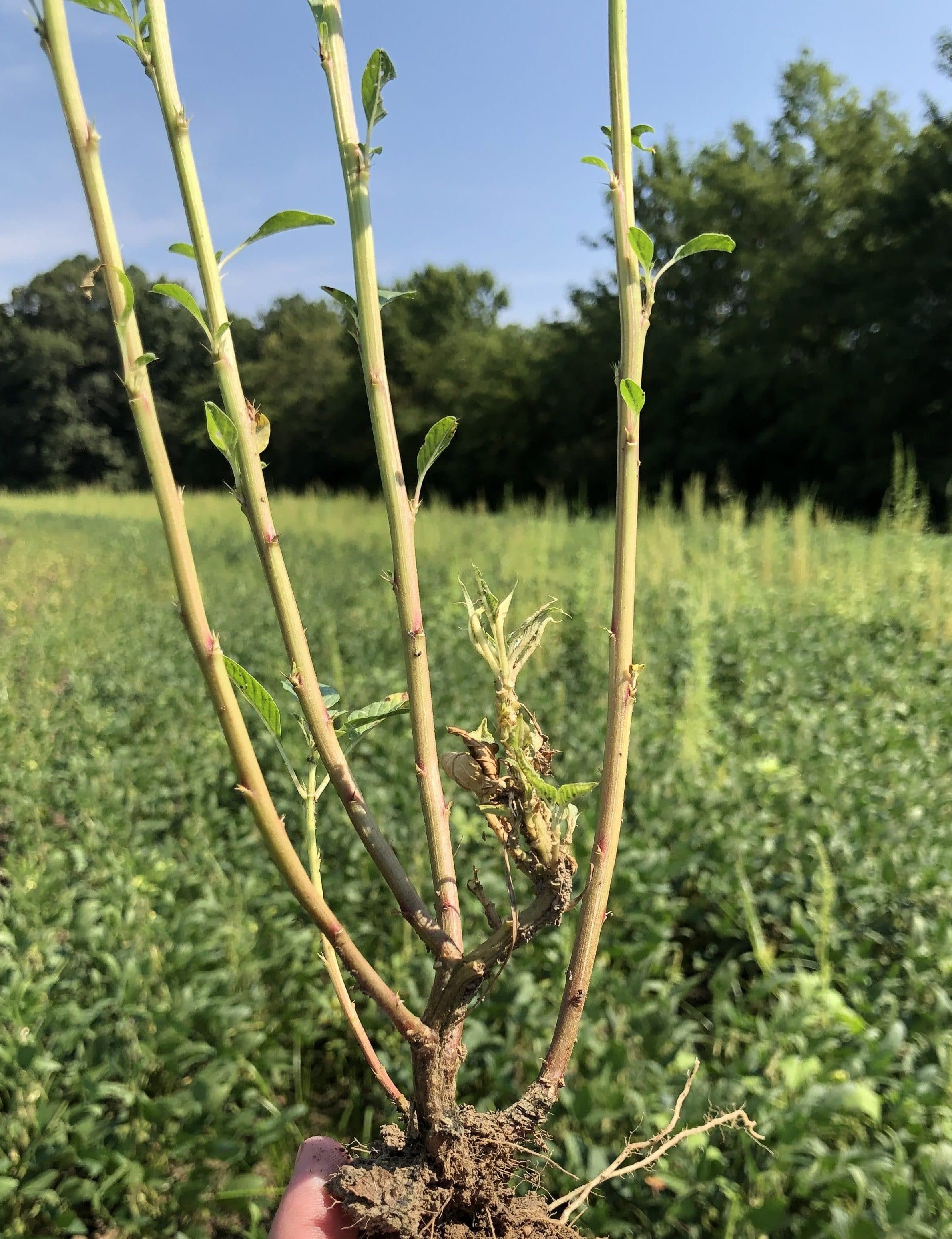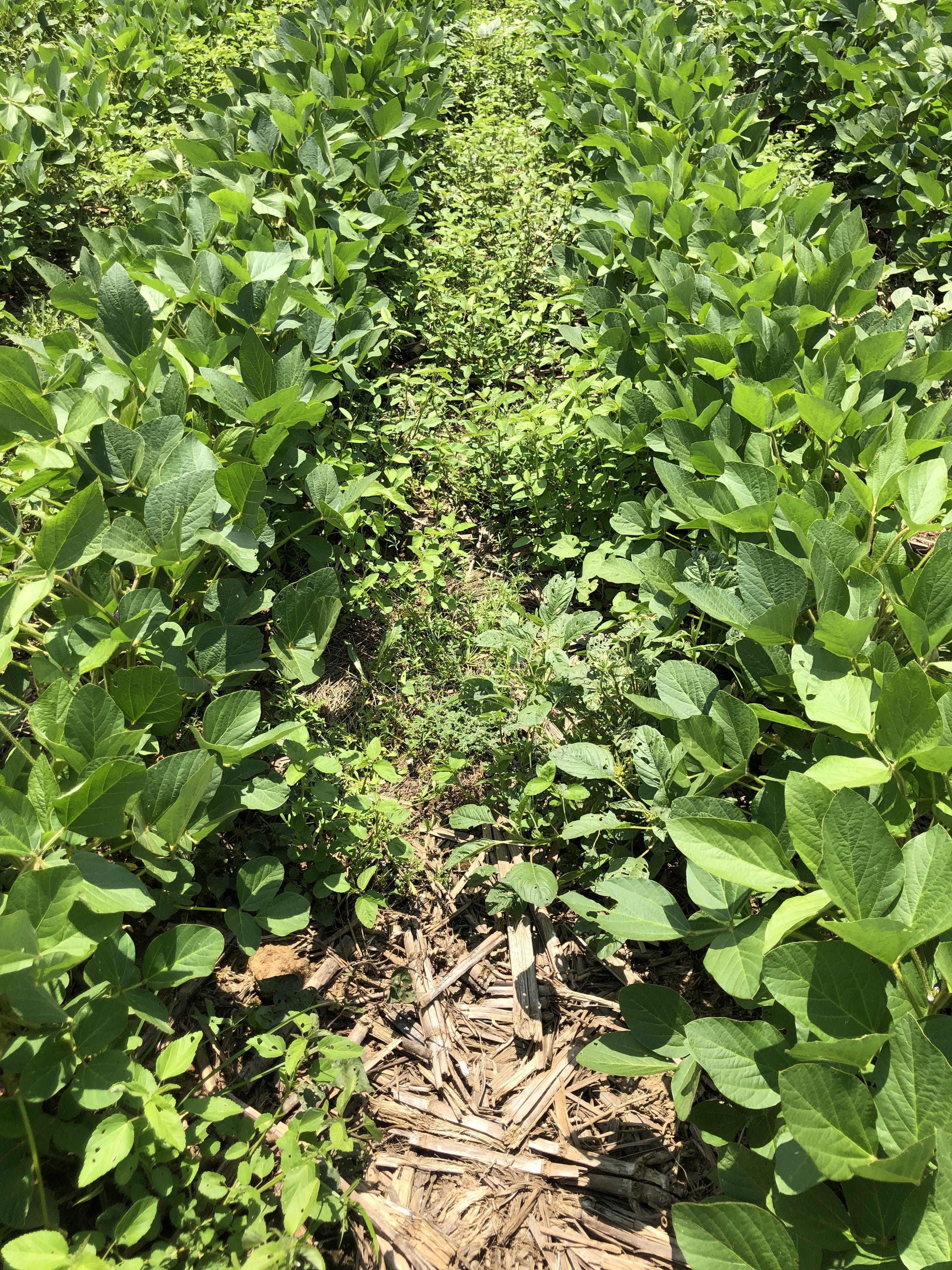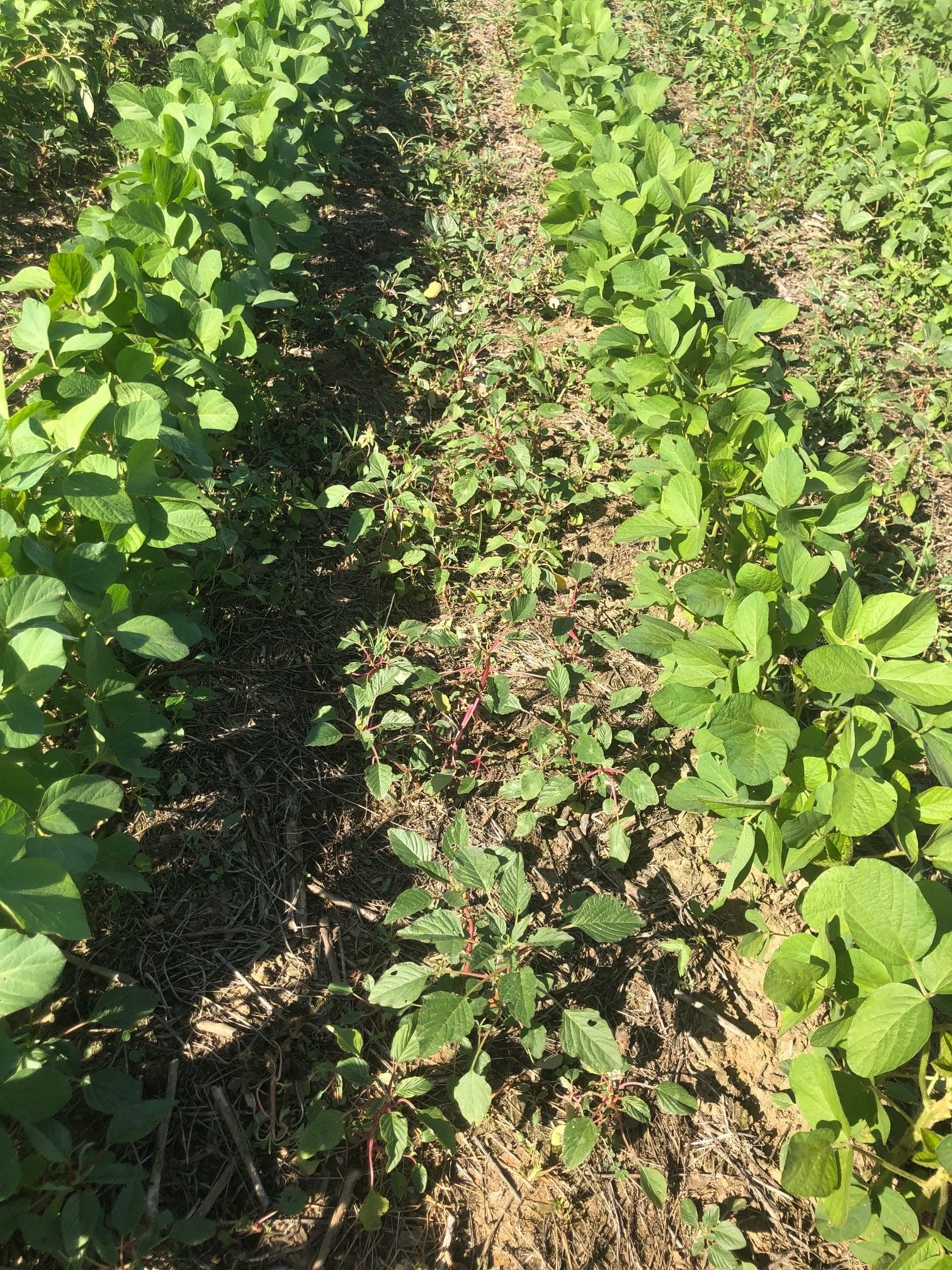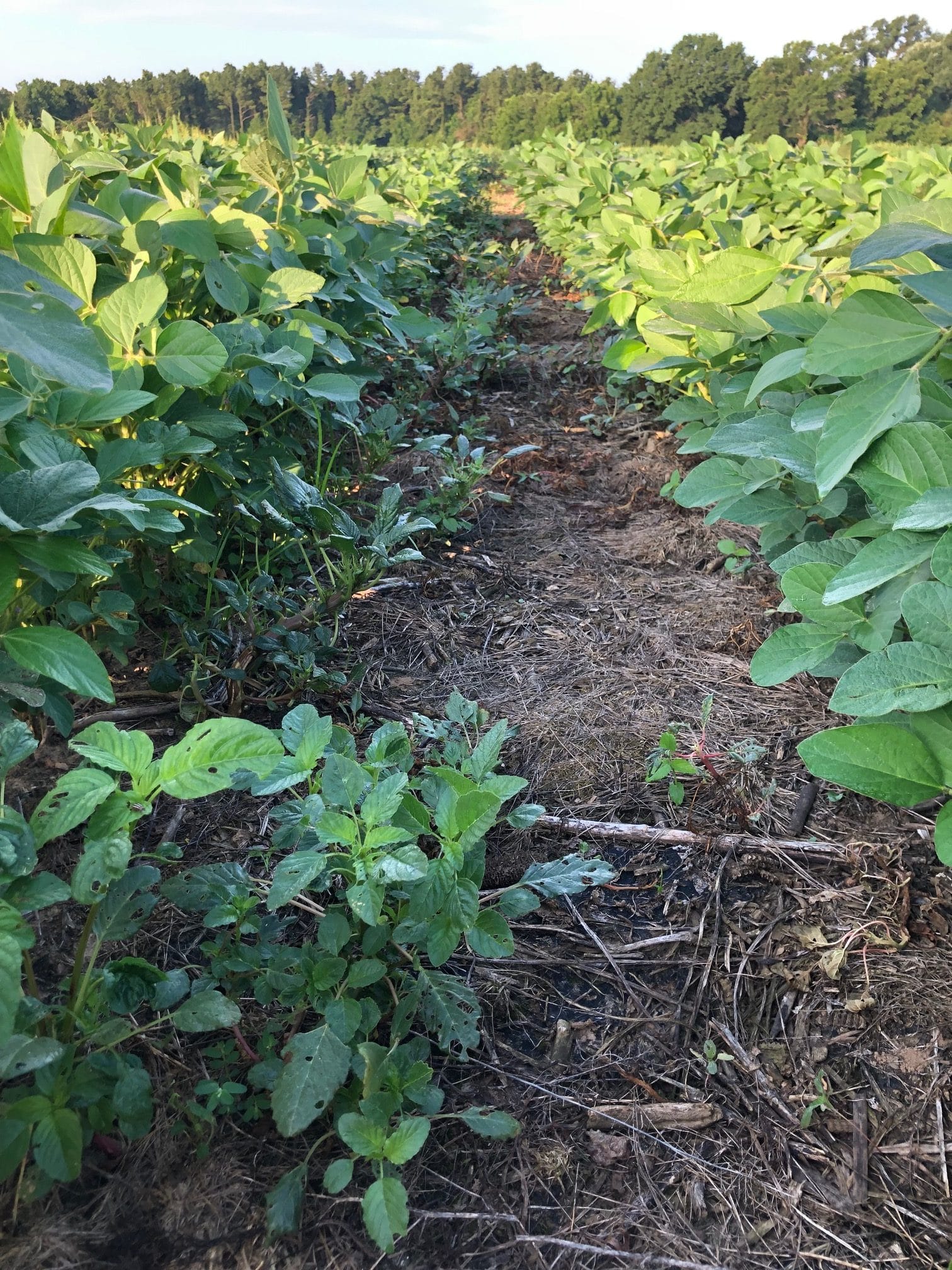Tennessee Certified Pesticide Applicators must take recertification training in 2020. The recertification training is good for three years. In addition, those who will be spraying Engenia, Tavium, FeXapam or XtendiMax on Xtend crops must take dicamba training in 2020. A new addition from the EPA will be the requirement that anyone who purchases, mixes or applies a paraquat-containing herbicide to take the “How to Safely Use and Handle Paraquat-Containing Products” training module. Continue reading
All posts by Larry Steckel, Extension Weed Specialist
Ryegrass Management in Wheat
With all the issues with ryegrass in wheat last year many are asking if there are any better options for control. The main issue is resistance. About 10 years ago resistance to ALS-inhibiting herbicides (Broadstrike, Finesse, Osprey) started showing up and now a decade later is a very common biotype in many fields. As a result, many moved to Axial to control ryegrass and it did a very good job for some time but in recent years ryegrass control has slipped as well. So what are some good options now?
One of the best options to use is a pyroxasulfone-based herbicide this fall. There are three herbicides with the active ingredient pyroxasulfone in them that now have labels for wheat in Tennessee. The three herbicides are Anthem Flex (pyroxasulfone + Aim), Fierce (pyroxasulfone + Valor) and Zidua (pyroxasulfone). In our research, all have provided very effective control of ryegrass.
Of course it would be too easy if they all had the same label directions in wheat but they differ a good bit. Many of those differences go to best management practices to avoid wheat injury. Here are some particulars:
Anthem Flex can be applied from PRE-emergence to early POST (3 tillers). The going rate would be 2.8 to 3 oz/A. The 2.8 oz/A rate provides 1.5 ozs of pyroxasulfone. Do not apply to coarse textured soils as the probability for loss of wheat stand is increased greatly. Do not apply on broadcast wheat due to increased potential for crop response. Plant in to good moisture and avoid spraying prior to a rainfall event during germination. In other words, if wheat is to be planted and there is a good chance of rain in the next two days, then go to ”Plan B” and apply it POST to avoid potential injury. The POST application should be applied up to 3 tillers of growth with 3 oz/A of metribuzin to clean up any emerged weeds.
Fierce can be applied up to 14 days before planting. A glance at the label would suggest it can be applied to wheat at a rate up to 3.0 oz/A. The 3 oz/A rate is not recommended in Tennessee. Research conducted in Georgia, North Carolina and Tennessee would suggest that a rate of 1.5 oz/A of Fierce has provided good weed control and greatly tamped down potential wheat injury. Other recommendations to avoid loss of wheat stand with Fierce is to plant wheat no-till at least 1” deep.
Zidua is labeled as a “delayed” PRE application for control of ryegrass. The definition of delayed PRE historically has varied but in Zidua’s case if the wheat has a ½” shoot it is good to go. In practical terms it would be 3 to 7 days after planting depending upon soil temperature and moisture. The rate of Zidua to use is 1 to 2 oz/A depending upon soil type. The trick is to apply Zidua after that ½” shoot but before most of the ryegrass or poa has emerged. If you can hit that timing, Zidua will do a great job of controlling those weeds.
Reports of Palmer Amaranth Escapes in Xtend Crops Continue to Mount


I was thinking it might be 2021 or at least 2020 before we would start getting reports of Xtend soybean fields that were wrapped up with Palmer amaranth. Wrong! It is 2019. I visited several soybean fields this week where, judging by the Palmer amaranth regrowth, Engenia had been applied to Palmer that was 2 to 6″ tall (Picture 1). A small percentage died and the rest went on to over run several Xtend soybean fields (Picture 2). In another field a follow-up Engenia application was made and it did improve the pigweed control some but the field was still far from being a success story. Continue reading
2019 Xtend Weed Management in Tennessee: We have a Problem
A year ago this month I posted a blog that was titled “Dicamba in Tennessee: Year 3”. At that time the Tennessee Department of Agriculture had fielded 45 official dicamba drift complaints. There were some issues on poor grass control but overall weed control was good. So, what is the status of Xtend weed management in 2019? Continue reading
Control Options for Prickly Sida that has Escaped Engenia or XtendiMax and Glyphosate

There have been a good number of calls reporting poor prickly sida (teaweed) control with Engenia or XtendiMax tankmixed with Roundup PM. I have seen prickly sida escape dicamba tankmixed with glyphosate in some research here at the station as well. This appears to have been a building problem as I recall similar, though fewer, calls last year. The lack of prickly sida control in the Xtend system has been building a seed bank that is apparently showing up in many fields this year. Continue reading
New Tactics Needed in Managing Weeds in Xtend Crops

After more questions this past week on follow-up applications to remove Palmer amaranth, junglerice and goosegrass in Xtend crops it occurred to me we need a new thought process on weed management with this technology. Roundup Ready soybeans came out in 1996 and cotton in 1998. If we look back at the first three years with that technology, glyphosate was controlling every weed no matter the weed height. That Roundup Ready performance in the early years is still the expectation with Xtend technology. It has become abundantly clear, in year three, that Engenia or XtendiMax mixed with glyphosate is not providing even close to the level of weed control that glyphosate alone did back in it’s hay day. Continue reading
Control Options for Palmer Amaranth that has Escaped Engenia or XtendiMax

A number of folks in the past few days have asked about the best way to take out the Palmer amaranth that has lived through an Engenia or XtendiMax application. The answer depends upon the crop and if there is still time on the label to try to respray a labeled dicamba product. Continue reading
Reports of Sketchy Palmer Amaranth Control with Engenia and XtendiMax
There have been a good number of calls on sketchy Palmer amaranth control with a 12.8 oz/A of Engenia or 22 ozs/A of XtendiMax mixed with a quart/A of Roundup PowerMax. I visited a number of these fields last week and indeed anywhere from 14 to 20 days after application some Palmer amaranth were recovering. Continue reading
